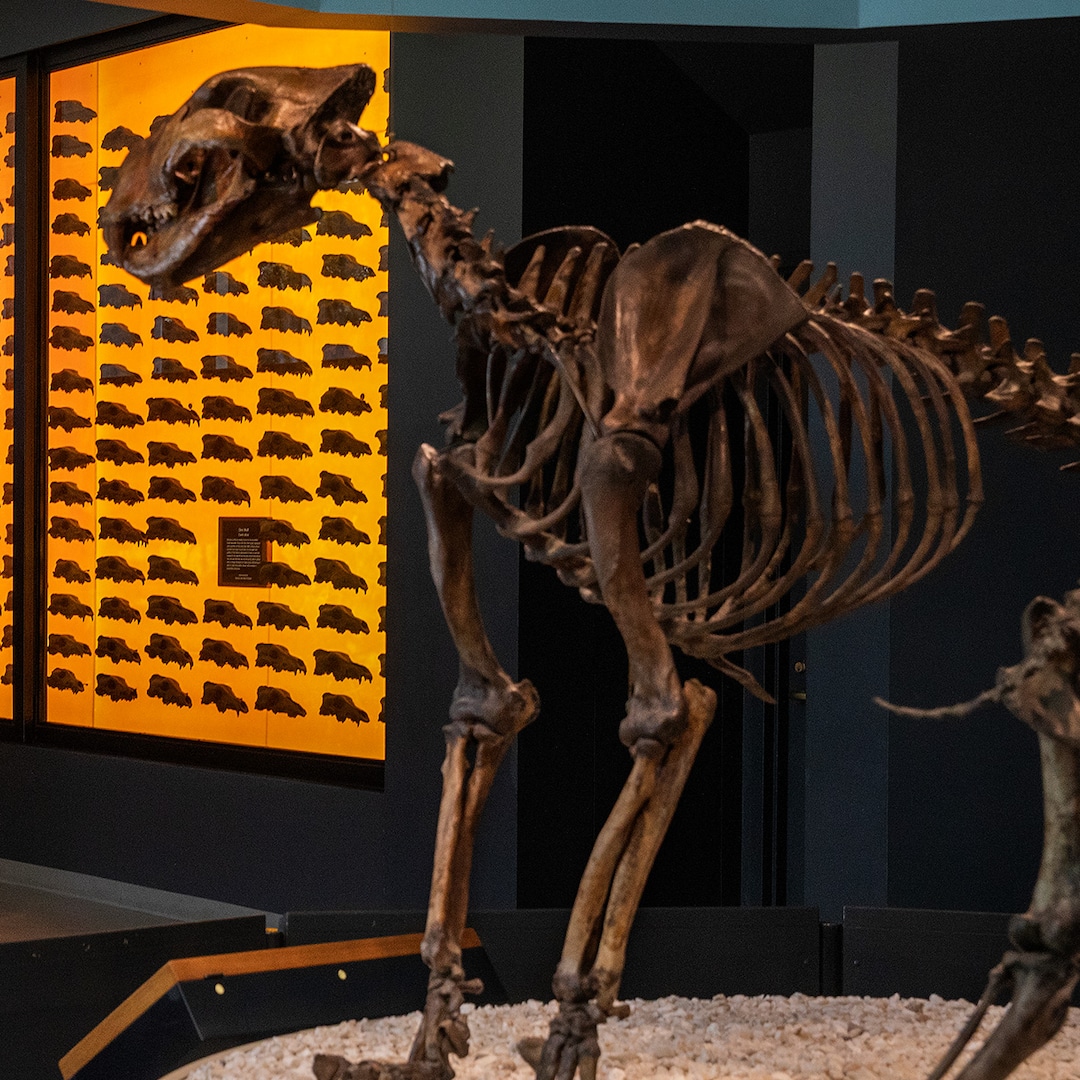The dire wolf is no longer simply immortalized on the House of Stark’s crest.
In fact, the grizzly creatures featured in Game of Thrones have made their shocking grand return on Earth after going extinct over 10,000 years ago, thanks to biotechnology company Colossal Biosciences.
Using DNA from two dire wolf fossils, along with 20 edits in 14 genes of the gray wolf, the species’ closest living relative, scientists at the company brought to life Romulus, Remus and Khaleesi. (The first two were named after the mythological twin founders of Rome, who were believed to have been raised by a wolf, while the latter’s is an homage to the HBO series’ Daenerys Targaryen.)
“Our team is proud to return the dire wolf to its rightful place in the ecosystem,” the company shared on its website. “Colossal’s innovations in science, technology and conservation made it possible to accomplish something that’s never been done before: the revival of a species from its longstanding population of zero.”
Prior to its real-life reintroduction, the dire wolf had been most recently associated with Game of Thrones—and the novels on which the show was based—where six Stark children adopted orphaned wolves. The creature, described as being the size of a horse, is considered a symbol of the North, where the Starks rule.
Leaders at Colossal Biosciences—which is also working to bring the dodo bird, wooly mammoth and more back from extinction—emphasized that they understand the public’s apprehension to the scientific advancements allowing extinct creatures to re-emerge.
“People think it’s a scary word, de-extinction,” reproductive biologist Darya Tourzani said in the company’s April 7 YouTube video. “They immediately put us with Jurassic Park and it’s not. We’re trying to develop these new techniques in order to save animals, in order bring back animals that, in some cases, were our fault that we don’t have anymore.”
As she put it, “It wasn’t a climate problem, it was a human problem.”
However, other experts, like professor of environmental philosophy at the University of Montana Christopher Preston, are unsure where the species will fit in our current ecosystem.
“In states like Montana, we are currently having trouble keeping a healthy population of gray wolves on the land in the face of amped up political opposition,” he told CNN April 7. “It is hard to imagine dire wolves ever being released and taking up an ecological role. So, I think it is important to ask what role the new animals will serve.”
Still, he commended the company’s diligence, pointing to the American Human Society’s support, as well as the size of its facility.
Preston added, “Colossal have taken thoughtful precautions to screen against any unintended genetic consequences of their edits, eliminating risky edits known to be associated with poor outcomes.”





